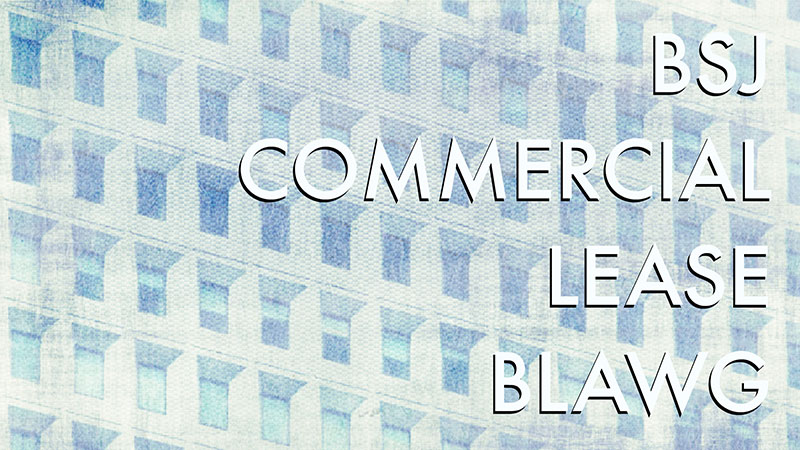Peas are green, and – increasingly – so are commercial buildings. How can a landlord justify the initial expense of constructing environmentally friendly spaces? Consider these three P’s:
Planet: The additional costs associated with building green spaces can be justified on an overall “reduction in carbon footprint” basis.
People: Healthier workspaces tend to translate into healthier employees.
Profit: Healthier employees, in turn, can translate into a healthier bottom line, to the extent that absenteeism goes down and productivity goes up (according to some experts, as much as 20%). Use of green technology also can generate significant reductions in operating costs.
A building can be classified as “green” under a number of programs, chief among them the Leadership in Energy and Environmental Design (LEED) Green Building Rating System, the Green Building Initiative (GBI) Green Globes-CIEB Rating System and the U. S. Environmental Protection Agency and Department of Energy’s Energy Star program. In this and future posts, I will use “green certification” as shorthand for any and all certification programs applicable to a particular building, as a landlord – or, for that matter, a tenant – may choose to participate in several.
Federal, state and local governments are beginning to offer incentives to businesses that opt to “build green,” and that trend can be expected to continue. These incentives are not just available to developers of new buildings: specific certification types, such as LEED for Existing Buildings (LEED-EB), exist for property owners who want to green existing space, and as alluded to above tenants can benefit from the certification process as well. For example, a tenant with a lease term of at least 10 years renting space in a LEED-certified building can qualify for its own LEED certificate, under the LEED for Commercial Interiors (LEED-CI) program.
The benefits of one form of certification over another are outside of the scope of this series; instead, I will focus on specific lease drafting considerations from the competing (and occasionally aligning) perspectives of landlord and tenant.


